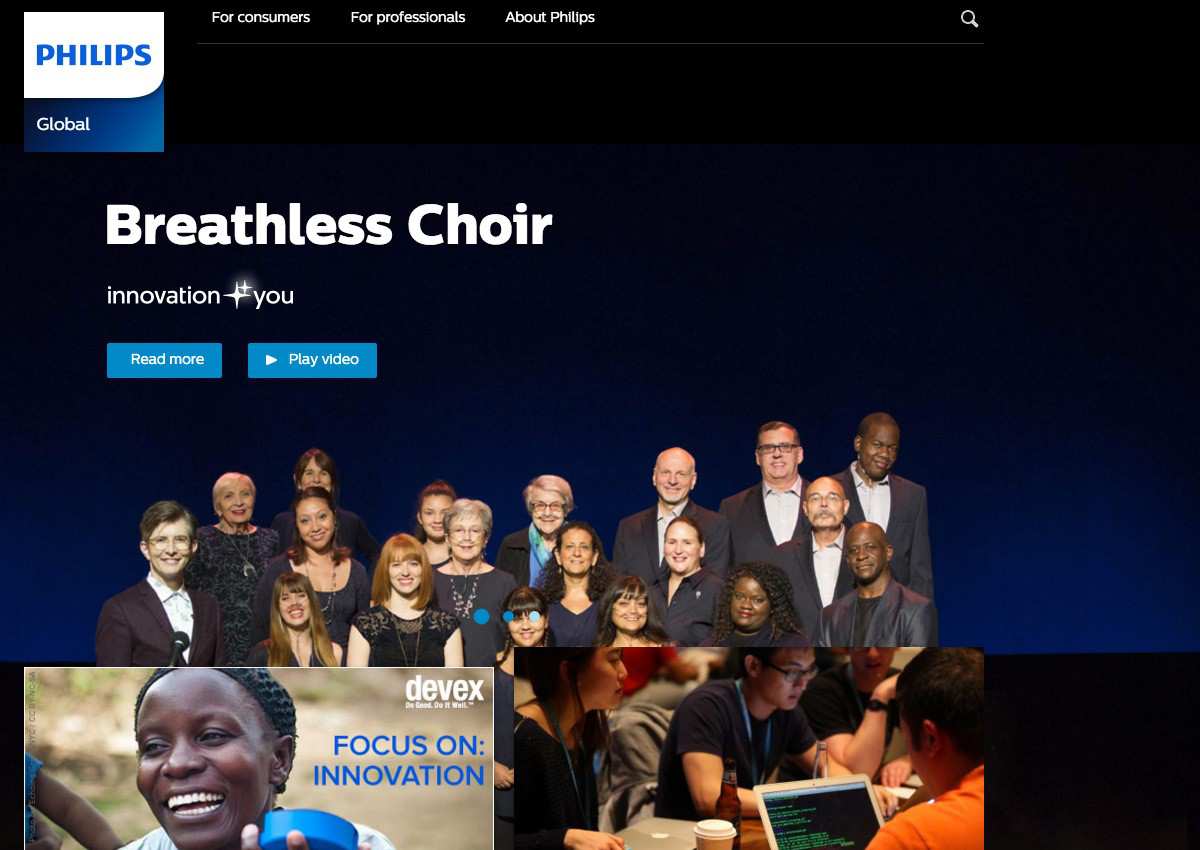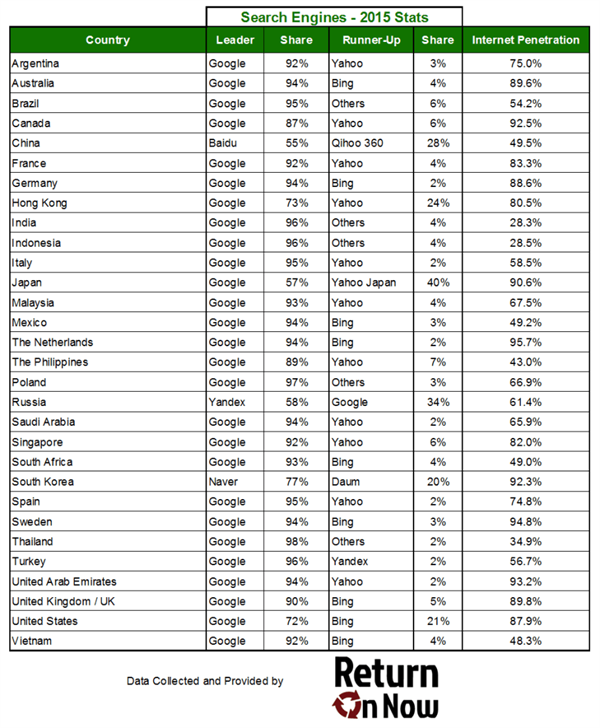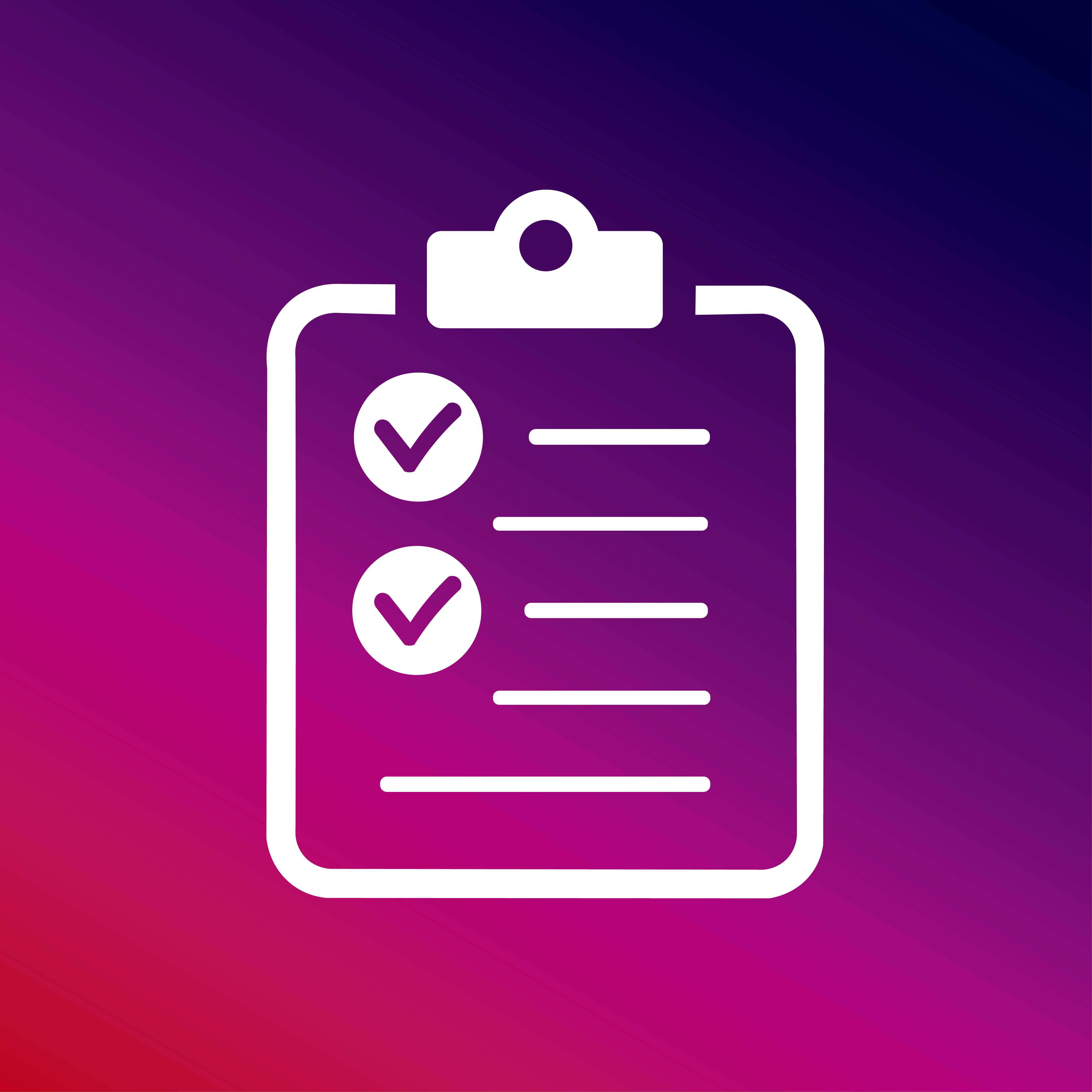Is Your Website Translation Project Doomed to Fail?

I've been involved in many website translation projects over the years. Most eventually failed. Don't get me wrong - the projects were delivered on time and the clients were happy. But, in nearly every instance the translated websites were doomed to fail from the moment they were launched.
Why is that?
The main reason these projects failed was due to a lack of planning and personnel required to keep the sites up to date. Each project went through the time-consuming process of bringing the translated website online, then most went through another process to take the site back down again some time later. These projects failed because those companies failed to see the bigger picture and plan for the long-term.
That's not to say that the idea of translating your website is a bad one or one that you should expect to fail. On the contrary. With the right planning, process and personnel, a website in the native tongue of your core audience can do wonders to help your brand connect with customers. Before you dive head-first into a website translation project, there are several things that you should consider. When you finish this article, I hope you'll have a clearer picture of what you should consider before you translate your website.
Why Do You Need to Translate Your Website?
This is an obvious but important question. Why do you need to translate your website? Is there a verified demand for content in another language? Have you conducted surveys, or researched the needs of your visitors? Translating a large website is a time-consuming and expensive endeavor. It's important that you verify the demand for another language before making the investment.
Before you agree to a translation project, spend a little time and money to make sure the demand is there. You shouldn't assume that prospects within a given geographic locale will always require content in their native tongue. For example, with a technical audience, it's not uncommon for engineers to prefer English, regardless of their native language. I've seen Google Analytics data for clients that shows more visitors from China choosing to visit the English site, even when a Chinese site is available. The point is, it's better to do some homework before you dive in head-first.
Translation vs. Localization
Website Translation
Translation is the simplest way to get a foreign-language site off the ground. Once the primary language website (e.g., English) is completed to the client's satisfaction, a team of translators will go through the site line-by-line and translate it. From there, you take a clone of the native language site and replicate everything onto the translated one. This results in an exact translated clone of the primary website. A translation is an excellent starting point for beginning to develop relationships in other regions. If you have a different offer or a different way of communicating with another culture, then you will need to deviate the messaging.
Website Localization
Website localization takes things a step further, and may include a different message or offer altogether. In fact, there may be a completely different set of pages and content from the primary website. With website localization, you're typically much more attuned to the needs of the customers. True localization often requires a local person to manage the message for the region.
From a personnel standpoint, corporate marketing is responsible for communicating the corporate brand and business updates to regional managers. From there, regional managers should decide how to best communicate those messages to their local audience. In some cases, an alteration of the message to align with the culture or needs of the audience is more appropriate.
I saw this at play out during my tenure with a large multi-national corporation, where the differences in regional websites were vast.
See here:

Philips global website
Philips English Website
Philips Chinese Website
The first example is the global Philips website. Here the message focuses on the Philips brand and the company's global innovation. The second example is the Philips U.S. website. Here the message gets more specific. The products are prominently displayed on the homepage. This likely has something to do with the demands of customers within the United States. The last example is the Philips mainland Chinese site, where a completely different set of products is prominently displayed.
Philips is a global company with massive resources. They go so far as to offering multiple languages per region. While I don't expect most companies will be able to offer anything quite at this level, I used them as an example to illustrate the point of localization. Localization isn't just about offering your website in another language. It's about tailoring your messaging to highlight the needs and wants within a specific region. You'll have to decide for yourself which approach is best for your business.
Translation Management Process
The website translation management process (or lack thereof) is the biggest driver of failed projects. Here's what happens - when the new translated site is launched there's a big push by the Web team to get the new website up and running. After it's launched, many teams fall back into old habits and fail to account for the new translated (or localized) site during routine updates. Over time, bugs are fixed on the primary site, text is adjusted, new content is added and little-by-little the foreign language site gets left behind.
There's seldom any technology built into the process that would notify the foreign website's stakeholders of changes. One day when someone finally realizes how out of sync the two sites are, it turns into a more significant project and all the discussions about whether you should even be maintaining translated websites come bubbling back to the surface. With some companies, the process is cyclical.
Here's the kicker - there's a pretty good chance that visitors of your website noticed the lack of updates before you did. Over time, they're conditioned to visiting your primary language website (e.g., English) because they know that it has the most recent information. Now when marketers try to decide whether to continue maintaining the foreign language site, they look to website analytics data to see if anyone is using it. What they fail to consider is the possibility that the downward trend of visitor usage data is most likely self-inflicted. The visitors are trending downward due to the outdated information, not because of a lack of demand.
To prevent this, a clear website maintenance plan should be in place before the project begins. The plan should include answers to questions like:
- Who will manage the new website when it launches?
- How will they stay informed of changes?
- How are bug fixes and new features going to be managed?
By planning ahead, you put yourself in position for success with regional and translated websites.
Hosting Your Translated Website
Have you ever tried to access a Chinese website from the United States or another part of the world? Those sites can take an excruciatingly long time to load. And it's no wonder - they're hosted on the other side of the world. Consider the physical distance that the data must travel to reach your device. For those thousands of miles, that data hops from one piece of network equipment to another. This has an impact on the speed at which your site loads.
The reverse is also true. If you want to place your Chinese website on your Web server hosted here in the United States, your prospects and customers in China will experience the same painfully slow loading times. If the goal behind a foreign language website is to improve customer experience, extremely slow loading times may undo any goodwill you build with your translated website.
Where your pages are hosted can have a profound impact on the technology and management requirements. For example, there's a good chance that you'll have to have separate instances of your content management system in different data centers to serve your content to your visitors. But, doing so will also complicate things like bug fixes and feature updates, because the effort required will multiply for every instance of your content management system.
The key takeaway here is to make sure you involve IT in the planning process, and that you understand any future management ramifications that the chosen technical architecture might impose.
Here are some questions you should be asking:
- How will new technical architecture impact security patches, bug fixes and new feature updates?
- Will the technical architecture ensure fast loading times for our target audience?
- How will the architecture impact day-to-day management activities?
Understand the technical needs for displaying regional websites to local users is only half of the battle - you should also consider how maintenance and management processes will have to change as a result.
Website Updates Will Take Longer and Get More Expensive
Consider the time and money spent on managing your website content last year. Now double it. That's what you can expect when you bring your new foreign language website online. Every little task - every broken link, every image that needs updating, every file that needs posting - needs to be completed an extra time for every translated website. Before you could just go ask your Web guy to make some updates, now every simple update is multiplied by the number of websites under management. This is another “beginning of the end” scenario that I've seen play out a few times. When companies don't account for the personnel requirements necessary to manage multiple sites the inevitable outcome is that foreign language sites start slipping through the cracks.
Marketing Your Translated Website
Depending upon your goals for the new website, marketing it may or may not be important to you. If your goal is to simply provide customers with content in their own language, then you may not need to focus on marketing the site. However, if your plan is to attract new prospects in a new language and region, you're going to need a plan to get your website in front of those visitors. The act of creating and launching a website simply isn't enough to get it ranked in search engines or get it in front of visitors. You will need to invest in SEO services or pay-per-click services within the regions that you intend to target.
Furthermore, Google isn't the top provider in every country. Let's look:

While you can see that Google still maintains a dominant position in most of the world, places like China and Russia tend to use other search engines.
Questions to be asking:
- What is our plan and commitment level to marketing our new site within this new region?
- Is there budget allocated for SEO and/or PPC or other forms of advertising?
- Who will manage the website, SEO, PPC or any other regional marketing programs?
- What is the process for new contacts? Where do we capture the information? Who will respond? How will we report on ROI?
Conclusion
Launching your company website in new languages can allow your business to reach new audiences. However, many people underestimate the commitment required to create the translated website, keep it updated and relevant and provide an excellent experience to their users. Be sure that you consider the full scope of the project and the resulting maintenance as you evaluate the project's ROI.
About the Author
Adam Koontz is founder and president of SEMbyotic, a digital marketing agency providing website design and website development, search engine optimization (SEO), and pay-per-click advertising (PPC) services to businesses in San Jose, CA, Silicon Valley and beyond. Follow Koontz on Twitter at @adamkoontz.









